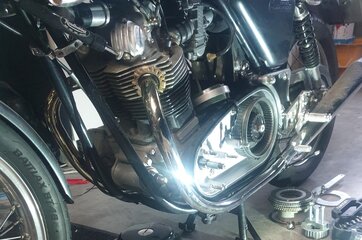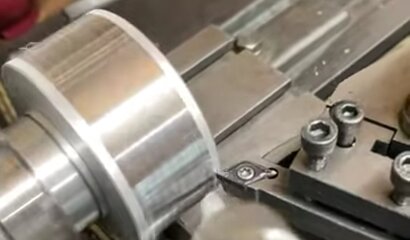- Joined
- Oct 28, 2014
- Messages
- 1,979
can anyone tell me why there is almost always too much clearance between stator and rotor about 10 o'clock to 6 o'clock and almost always too little clearance at 12 o'clock - 5 o'clock?
Theory #1...Norton drilled the holes slightly off in the primary cover and never corrected it. This could be either the big circle that indexes on the crankcase or the three studs for the stator.
Theory #1...Norton drilled the holes slightly off in the primary cover and never corrected it. This could be either the big circle that indexes on the crankcase or the three studs for the stator.







